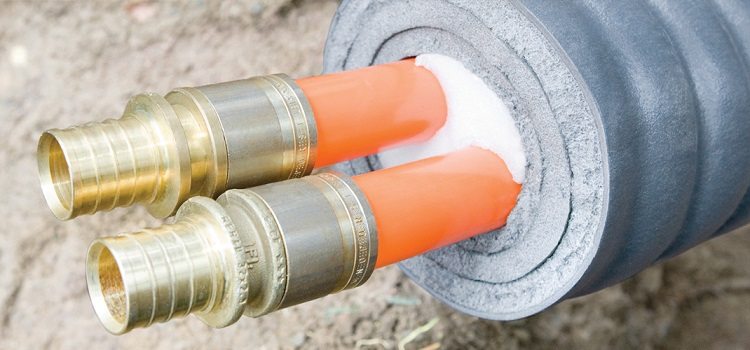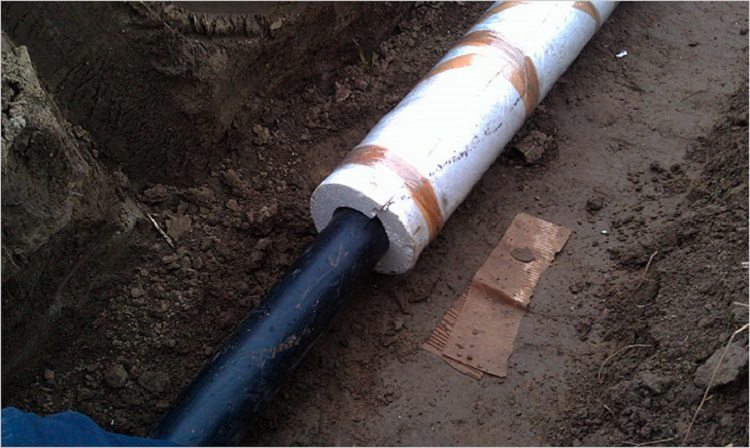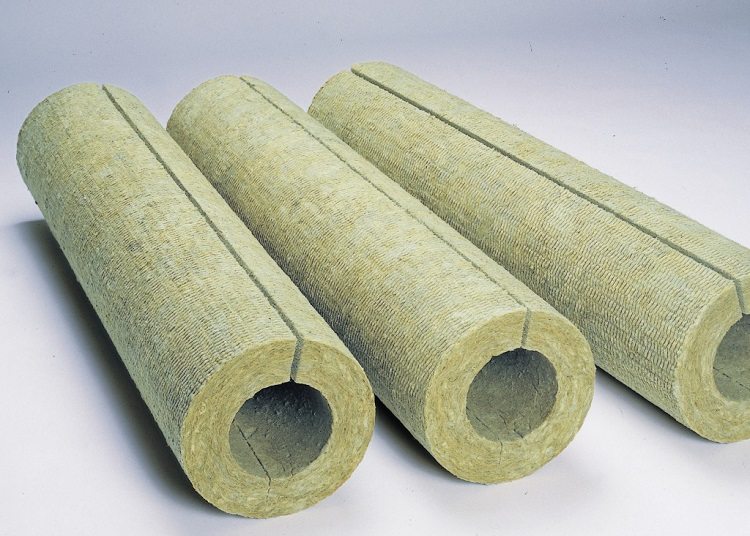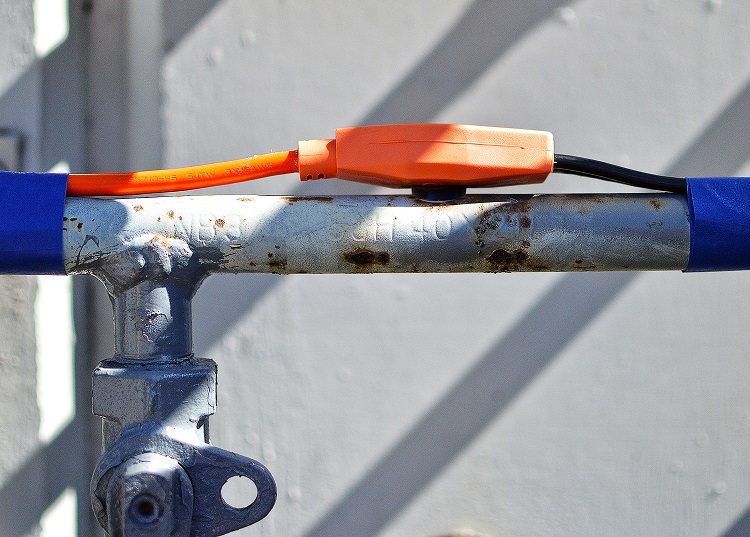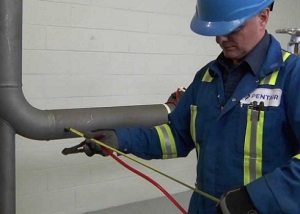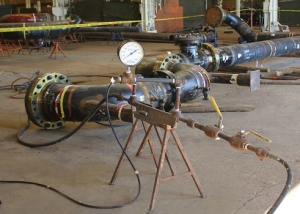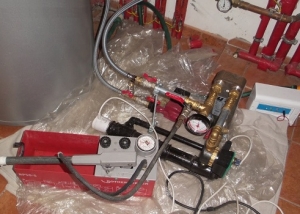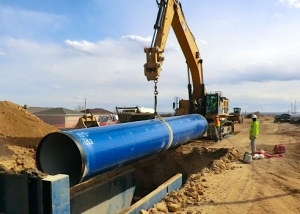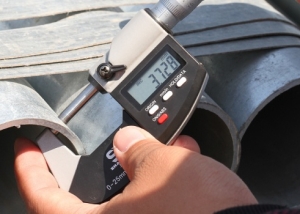Having water supply in the courtyard of a private house or in the country, with the advent of winter, the owner has to think about maintaining the operability of this engineering communication. If the measures taken to lay the insulation of the water pipe were not enough, the frozen water inside will easily tear it apart. And then the homeowner will be forced to deal with its replacement, which entails great troubles and considerable cash costs. After all, a pipe (both plastic and steel) can simply burst.
Content
Requirements for insulation for water pipes
Today on the market you can find quite a few types of insulation pipe water. However, before acquiring a specific sample, it is necessary to find out whether it will meet the expected operating conditions. After all, the highway can be laid simply on the street or in a closed way in the ground. And this factor largely affects the right choice. But in any case, the insulation must meet the following requirements:
- low thermal conductivity;
- resistance to adverse weather events;
- low water absorption;
- fire fighting properties;
- high heat saving;
- the possibility of multiple installation and ease of use;
- low cost;
- durability;
- DIY installation
Choosing the option of warming water pipes, give preference to a material that meets the entirety of the above requirements. Then in the winter you will not have to solve problems with this engineering communication.
Types of insulation for water pipes in the ground and on the street
A wide assortment is what is characteristic of this segment of the building materials market. Based on this, you can probably decide how to insulate the water pipe on the street or in the ground. Intense competition plays into the hands of consumers: manufacturers are forced to expand their product range.
The following materials are used as thermal insulation for water pipes in the ground and on the street:
- glass wool. With its help, you can insulate surfaces of any type;
- heat-insulating basalt shells (cylinders). For the insulation of water pipes in a private house, you can pick up such products of various designs, including those coated with aluminum foil, which increases the wear resistance of the insulation;
- polystyrene (polystyrene) shells. The use of these products is a better solution to the problem than to insulate the water pipe on the street with your own hands;
- synthetic rubber. This material is non-toxic and is suitable for insulation of water pipes in a country house or a private house. After wrapping them with elements of the water supply system, the seams are glued together.
As for glass wool, this material is considered harmful, and therefore it is now used much less often than before. But if you decide to save, then do not forget about the precautions when working with it.
Helpful information! To isolate the bends of the pipeline, shell cylinders are cut into pieces of the right size or prefabricated segments are used.
How to insulate water pipes in the ground
After you decide what to insulate the water pipe in a private house, you will have a question how to perform this procedure with your own hands, and correctly. In principle, regardless of the type of material, insulation is carried out according to the following scheme: at first, the pipes are wrapped with a heat-insulating layer. Its fastening (if necessary) is carried out with a plastic tape. And before you fill up the trench with insulated pipes for the water supply, waterproofing is mounted. Everything is very simple. But since we are talking about warming a water pipe in the ground with our own hands, there are some nuances. One of them, in particular, states: it is not recommended to use glass wool, as this will lead to additional material and time costs. You will be forced to create a second layer in the ground that acts as a casing.
The need for such a structural solution of thermal insulation is due to the very low density of fiberglass material. Therefore, when filling the trench, the insulation under the natural weight of the earth simply shrinks. This phenomenon will lead to at least a reduction in the life of the thermal insulation and to the fact that the risk of freezing the water pipe of the cottage or private house will increase due to a decrease in the thickness of the insulation layer. In this case, in order to significantly increase the thermal insulation of water pipes in the ground, experts recommend using the method of layer-by-layer soil compaction.
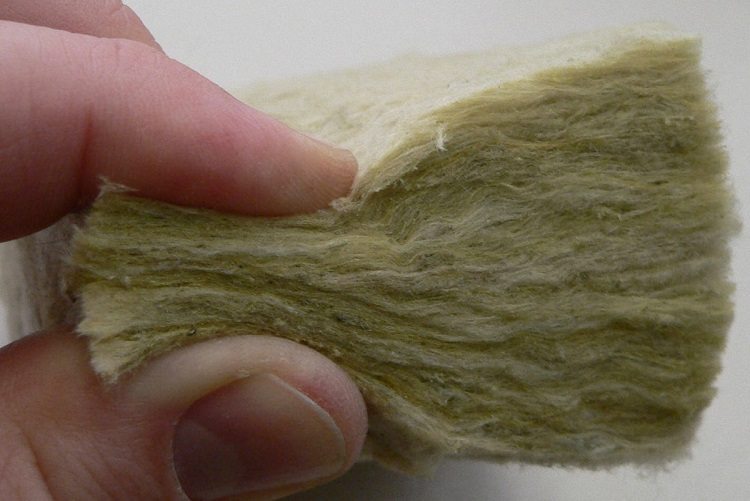
It is impractical to use mineral or glass wool for the insulation of underground utilities, since it is compressed under weight
There are other options for properly insulating a water pipe in the ground. They compare favorably with simplicity and speed of execution. We are talking about using polystyrene foam and basalt fiber for insulation of water pipes in the ground. The technology looks like this: one half of the shell of the required diameter is put on a water pipe with an offset of about 100-200 mm. To fix it with the second half-cylinder, you can use ordinary tape. The final fastening of the thermal insulation layer to the pipe is carried out by tightening.
Helpful advice! Having learned how to insulate a water pipe in the ground, when buying a heat insulator, stop your choice on products from brands such as Isover, Ursa and Knauf.
Of course, the cost of products of famous brands is rather big. Therefore, the cost of creating with their help warm pipes for the water supply will increase. But there will be no complaints about the operability of the water supply system. This is the right approach to solving the issue of how to insulate a water pipe underground, especially if you live in your house all the time.
How to insulate a water pipe on the street
It often happens that it is not economically feasible to lay the water supply of a summer house or a private house underground because of the climatic features of the region of residence. With a deep level of soil freezing, the cost of excavation increases significantly, and laying the trunk in an open way with correctly selected and correctly laid insulation in this case will be the best solution.
As such, the same types of material are used, which is why the water pipe in the ground is insulated. But technological progress does not stand still. Therefore, today it is very popular. insulation of water pipes with an electric cable. Especially in regions with harsh winters, when utilities of a private house or summer cottage are laid on the street in an open way.You can learn how to insulate a water pipe using such a heating device by studying its operating instructions. But one thing is important here. There are models of self-regulating cable on the market, which, when the ambient temperature rises, do not turn off the power, which means that a significant overrun of electricity is recorded. For economical use in this case, it is necessary to install a thermal relay.
For a private house, the problem of how the water pipe is insulated under the floor is very relevant. After all, most utilities, including water supply systems, enter residential premises from the basement. And under the floor in severe frosts, the temperature can drop below 0˚C. In this case, it is enough to use a special heat-insulating paint. It can also be used to warm the water pipe on the street. It has the appearance of a pasty mass, which is applied to the surface of utilities. This is the cheapest solution to the issue of how to insulate water pipes in the country and in a private house with your own hands.
In conclusion, it is worth noting that there is another option, how to insulate water pipes on the street. This can be done using liquid thermal insulation material - keramoizol.
